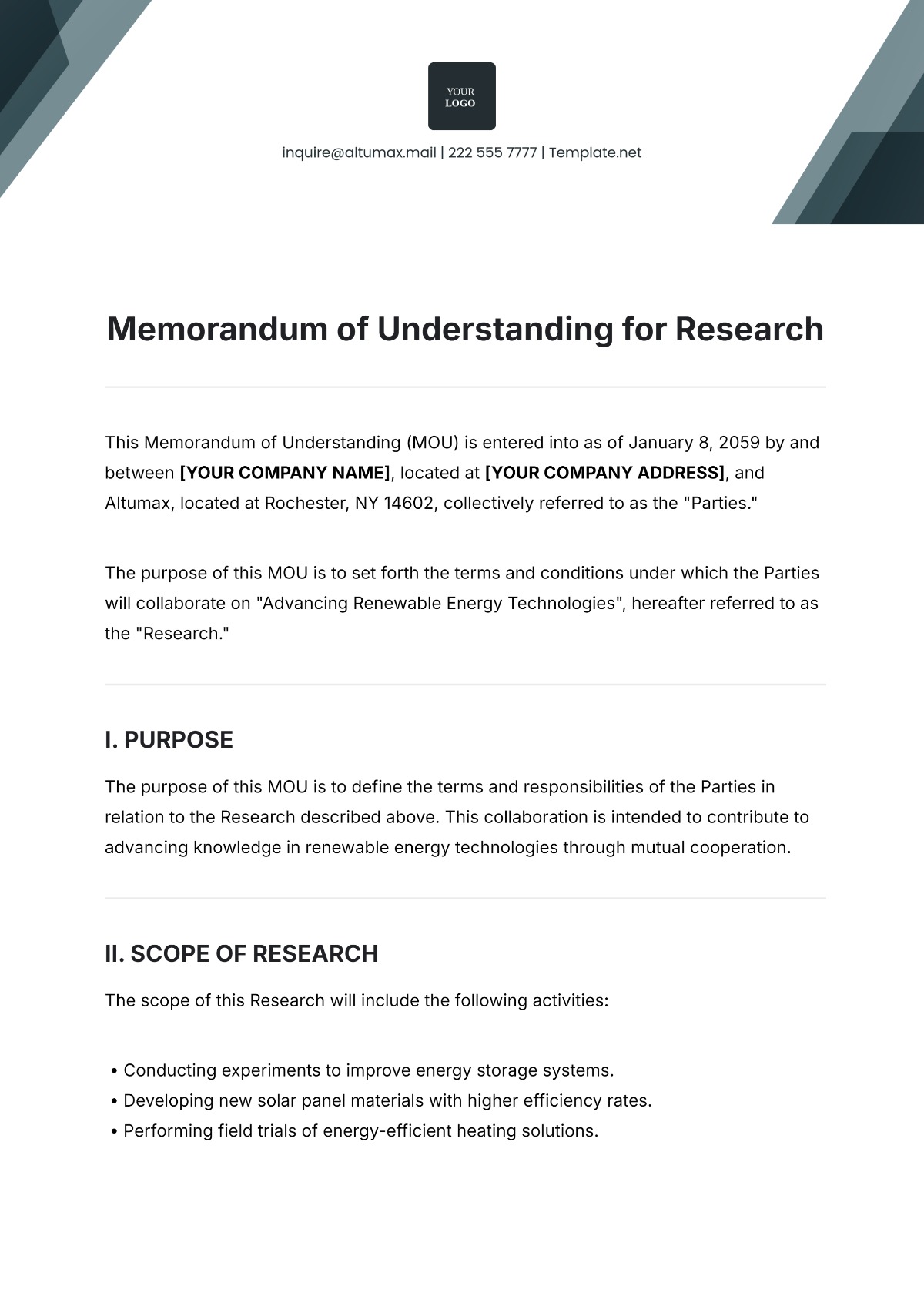Deforestation Rates Descriptive Research
Prepared By: [Your Name]
1. Introduction
Deforestation remains one of the most critical environmental challenges of the 21st century. As forests play a vital role in regulating the climate, supporting biodiversity, and providing resources for human communities, understanding the rates and causes of deforestation is essential for crafting effective conservation strategies and policies. This research document, conducted by [Your Company Name], aims to provide a comprehensive analysis of how forests are being cleared or degraded over time, with a focus on data from 2050 to 2070.
Definition of Deforestation
Deforestation refers to the large-scale removal or destruction of forested areas, leading to permanent loss of forest cover. It results from human activities such as logging, agriculture, and urbanization, as well as natural events like wildfires.
2. Methods for Measuring Deforestation Rates
Several methods are employed to measure deforestation rates, each with unique strengths and limitations:
Satellite Imagery: Provides comprehensive and detailed data on forest cover and changes over large areas. Modern satellites, such as those from the Landsat program, offer high-resolution images that are crucial for tracking deforestation trends.
Field Surveys: Involves on-the-ground data collection to verify satellite observations. While accurate, field surveys are limited in scope and can be resource-intensive.
Global Forest Watch: A real-time monitoring platform that uses satellite data and other sources to provide up-to-date information on global forest cover changes.
Remote Sensing: Utilizes drones and other technologies to gather precise data on deforestation. This method allows for detailed analysis at a local scale.
3. Global Deforestation Rates
Recent studies have highlighted global deforestation trends:
Year | Area Cleared (hectares) |
|---|---|
2050 | 16 million |
2055 | 14 million |
2060 | 13 million |
2065 | 12 million |
2070 | 11.5 million |
The data indicates a gradual decline in the area cleared, but the rates remain alarmingly high, highlighting the ongoing pressures on forest ecosystems.
4. Regional Deforestation Rates
Deforestation rates vary significantly across different regions, reflecting local and global factors influencing forest loss:
Region | Rate of Deforestation (hectares/year) |
|---|---|
Amazon Rainforest | 2.8 million |
Southeast Asia | 1.5 million |
Central Africa | 1.0 million |
Europe | 0.6 million |
Amazon Rainforest: The Amazon continues to experience the highest deforestation rates, driven by agricultural expansion, illegal logging, and infrastructure projects.
Southeast Asia: This region faces significant deforestation due to palm oil plantations, logging, and fires.
Central Africa: Deforestation in Central Africa is primarily driven by logging and agricultural activities.
Europe: Although lower compared to other regions, deforestation in Europe is influenced by urban expansion and agricultural activities.
5. Causes of Deforestation
Several key factors contribute to deforestation:
Agricultural Expansion: The increasing demand for food drives the conversion of forests into farmland, impacting both tropical and temperate forests.
Logging: The global demand for timber and paper products leads to extensive logging operations, often in tropical regions.
Infrastructure Development: Large-scale infrastructure projects, such as highways and industrial zones, result in significant forest loss.
Mining: The extraction of minerals and natural resources often involves clearing large areas of forest.
Climate Change: Changing climate conditions, including increased frequency of droughts and wildfires, exacerbate deforestation and forest degradation.
6. Impacts of Deforestation
The consequences of deforestation are profound and multifaceted:
Loss of Biodiversity: The destruction of forests leads to the endangerment and extinction of countless plant and animal species, disrupting ecosystems.
Climate Change: Forests act as carbon sinks, and their loss contributes to increased greenhouse gas emissions and global warming.
Soil Erosion: The removal of forest cover results in the loss of fertile topsoil, leading to erosion and desertification.
Displacement: Indigenous communities and local populations often face displacement and loss of traditional livelihoods due to deforestation.
Water Cycle Disruption: Forests play a crucial role in regulating rainfall patterns and maintaining water cycles; deforestation can lead to altered precipitation and water scarcity.
7. Case Studies
7.1 Amazon Rainforest
The Amazon Rainforest has the highest deforestation rate globally. Key contributors to this deforestation include:
Agriculture and Cattle Ranching: Large areas of the Amazon are cleared for agriculture and grazing, significantly impacting biodiversity and carbon storage.
Illegal Logging: Unauthorized logging operations contribute to forest loss and environmental degradation.
Infrastructure Projects: Development projects, including highways and dams, fragment the forest and increase access for further deforestation.
7.2 Southeast Asia
Southeast Asia has experienced significant deforestation, driven by:
Palm Oil Production: The expansion of palm oil plantations has led to widespread deforestation, particularly in Indonesia and Malaysia.
Timber Extraction: High demand for timber results in large-scale logging operations that contribute to forest loss.
Fires Set for Land Clearance: Fires, often intentionally set to clear land for agriculture, exacerbate deforestation and air pollution.
8. Conclusion and Recommendations
Deforestation rates are alarmingly high with substantial effects on both the environment and human societies. Immediate actions are needed to address these issues:
Policy Recommendations: Implement stricter regulations on deforestation activities and promote sustainable land-use practices.
Conservation Strategies: Support reforestation efforts, enhance forest protection policies, and engage local communities in conservation activities.
Understanding and addressing deforestation is crucial for preserving biodiversity, mitigating climate change, and ensuring sustainable resource management.

















































